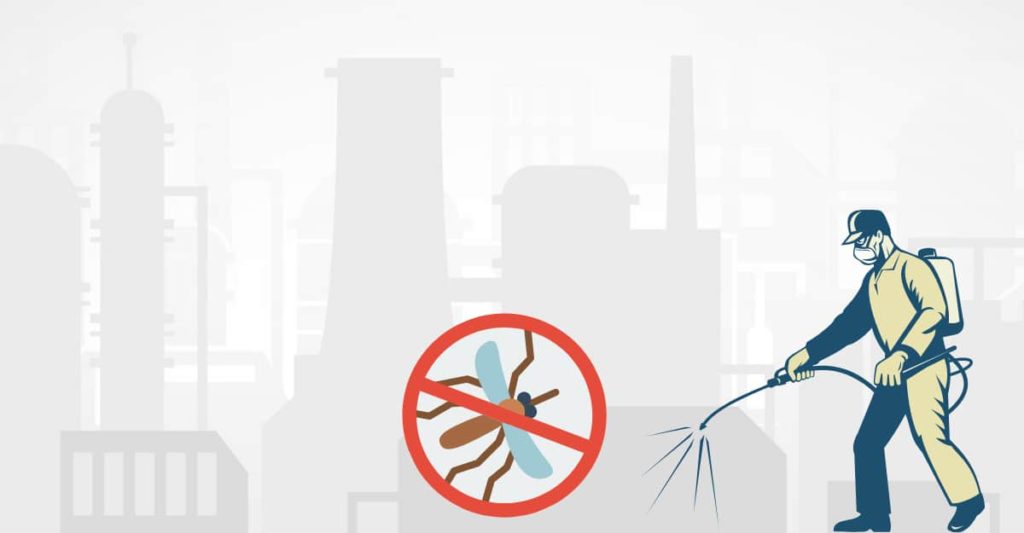What are termites?
Termites, or white ants, damage buildings, furniture, electrical fixtures, etc. Termites cause a major loss to the property if not checked on time. As a result, civil design consultants should ensure a proper and effective anti-termite treatment in an industrial project.
The termites affect the soil, masonry, wood, and electrical fixtures. It is a chemical barrier provided to prevent the effect of termites before and after construction. The IS 6313 is the code for anti-termite measures in buildings. Additionally, the effectiveness of a chemical depends upon the choice of the chemical, the dosage and the thoroughness of application. Architects and engineers, civil design consultants and project management consultants make sure that the process is followed properly. These days it is common in tenders for civil works to include anti-termite treatment.
When is the right time for treatment as per civil design consultants?
It is best to have a preventive barrier created so that termites do not infest the facility. However, anti-termite treatment can be carried out during:
- Pre-construction stage: As the name suggests, this treatment is a pre-construction and preventive one. Firstly, clean the earth and remove any wood particles or rubbish. Then, make holes about 30 cm deep at 15 cm intervals each. Finally, pour the chemical emulsion into the holes by spraying on the surface using pressure pumps and sprayers. The chemical has to soak fully in the holes. The pre-construction anti-termite treatment is cost-effective and easier. So, the civil design consultants recommend anti-termite treatment during the pre-construction phase. This treatment also helps in removing colonies of termites that are there in the soil, wood, etc.
- Post-construction stage: At this stage the construction is complete. Determine the extent of the infestation. An inspection helps to find out the routes of entry of termites into the building. The treatment includes treating the soil near the foundation and soil in contact with the external wall. The architects and engineers recommend treating all cracks, wood, furniture, electrical fixtures with chemicals.
Precautions
As the anti-termite treatment involves the handling of chemicals, it is necessary to take all precautions. Absorption of the chemical through skin or vapor inhalation or mist or swallowing are common incidents.
- The containers should be in a secure and closed room,
- Avoid direct skin contact.
- Wear protective clothing
- Wash hands with soap after using the chemical
- The chemicals present a fire hazard.
- Take necessary precautions not to contaminate wells, springs, and water bodies
In spite of the precautions, there have been incidents of contamination, in which case the following steps have to be taken:
- If there is severe contamination, remove clothing and wash the skin with soap and water.
- When the chemical has splashed into the eyes, wash the eyes with lots of water and seek medical attention.
- In case of poisoning, suitable measures should be taken as per the manufacturer and as per IS 4015.
To conclude anti-termite treatment is essential for industries. Furthermore, the anti-termite treatment requires using the proper chemical, proper dosage, and proper procedure. Architects and engineers, civil design consultants for industries over time have realized the effect of termite infestation. As a result, anti-termite treatment has become a part of civil tenders.












